The Ten Best Science Books of 2020
New titles explore the mysterious lives of eels, the science of fear and our connections to the stars
/https://tf-cmsv2-smithsonianmag-media.s3.amazonaws.com/filer/54/df/54df4d59-757e-42d6-9e42-ed730097fc59/science_smithsonianmagazine_bookslist_2020_copy.jpg)
When it came to science news this year, our feeds were filled with discoveries and studies, many of them about Covid-19. Those stories, often about potential vaccines and transmission rates, but also about space travel and forest fires, certainly demanded attention. But it’s important that this year’s longer works about science don’t get lost in the deluge of content. Compelling books came out on everything from researchers’ efforts to understand fear to the importance of astronomy to a concentrated mission to learn about a charismatic owl. These impressive and entertaining works, which we’ve rounded up here after online debates and votes via Zoom meetings, offer the best way to slow down and gain a deeper understanding of how science informs our world and makes it a better place.
The Book of Eels: Our Enduring Fascination with the Most Mysterious Creature in the Natural World
In The Book of Eels, Swedish journalist Patrik Svensson weaves a masterful narrative that is part memoir and part scientific detective story. The personal stories mostly revolve around the author and his father, who took him to fish for European eels along the stream near his boyhood home, joined him to fish illegally for the creatures on a secret outing and worked with him to set up a special trap to catch more of the elusive fish. In between tales of family adventure, Svensson traces notable figures’ efforts to understand and explain the eel, including Aristotle’s claim that fish were born of mud, Freud’s mission to find the animal’s testicles and Danish scientist Johannes Schmidt’s steamship travels across the Atlantic Ocean to search out the critter’s birthplace—the animals are born in the ocean, but live in freshwater throughout Europe. The story slips through unexpected and sometimes dark personal places, wraps itself around strange historical facts and ends with the mysterious fish revealing itself to the author in the most surprising way.
All We Can Save: Truth, Courage, and Solutions for the Climate Crisis
Girls and women fighting climate change often face insufficient funding and a lack of credit where credit’s due. To address this inequality, editors Ayana Elizabeth Johnson and Katharine K. Wilkinson put together a book of essays and poems to raise female voices. Johnson, a marine biologist and the founder of Ocean Collectiv, and Wilkinson, the editor in chief of Project Drawdown—a nonprofit working to slow the increase in greenhouse gases—compiled compelling pieces on climate change crafted by 60 women. The collection, All We Can Save, showcases a diverse range of experts, all working to tackle climate issues in powerful ways. Poet Mary Oliver, former EPA administrator Gina McCarthy, climate scientist Katharine Hayhoe and climate reporter Kendra Pierre-Louis take their turns amidst lesser-known voices, like teenage activist Xiye Bastida—who is a leader of the Fridays for Future climate strike. The book is not only an entertaining and varied read, it’s also a crucial catalyst for change—one that led to a new project that provides support and community for women climate leaders.
Hidden Valley Road: Inside the Mind of an American Family
It would be hard to find a more extreme example of the ravages mental health can have on a family than that of the Galvins, a Colorado clan with 12 children raised from the 1940s to the 1960s, six of whom suffer from schizophrenia. In Hidden Valley Road, journalist Robert Kolker shares the most intimate details of the family’s difficult trials—which include knock-down, drag-out physical fights, murder, sexual abuse, harmful secrets and episodes of psychosis. But Kolker’s book is more than just a chronicle of the struggles of a family impacted by mental health issues; the journalist also traces scientists’ efforts to understand schizophrenia. As he shares the family’s evolution over several decades, Kolker details the effort to treat schizophrenia, from institutionalization to antipsychotic drugs, and to understand the causes of the disease, from environmental influences to genetic factors. Eventually, his two main threads, the family and scientific pursuit, meet up as the Galvins become a key component of groundbreaking genetic research into the disease—and the story becomes even more riveting.
Owls of the Eastern Ice: A Quest to Find and Save the World's Largest Owl
Fieldwork for a wildlife biologist working in Russia’s Far East during winter can be harsh, lonely and full of experiences that make for an entertaining story. Case in point is Owls of the Eastern Ice, in which Jonathan Slaght chronicles his 20-month-long mission in Primorye to find and track the Blakiston’s fish owl, a bird with a wingspan of more than six feet. The raptors, of which fewer than 2,000 exist in the wild, lack the disk-shaped face that improves hearing and the silent flight characteristic of other owls because they hunt underwater prey. The birds are interesting in their own right, but much of the gold in this book results from trials overcome by the author. Slaght works to find out where the endangered birds breed and hunt, so their habitat can be protected from logging. Along the way, the author is stranded for weeks by inclement weather, learns to deal with malfunctioning equipment, suffers hangovers from drinking industrial ethanol and recounts wild stories—like the one about a hunter who squats in the wilderness to go to the bathroom and loses a testicle to a hidden owl. In the end, Slaght is able to compile information that helps in the creation of a conservation plan for the creature. But the successful finish isn’t the reason to read the book; it’s the wild journey that captivates in this dispatch.
Nerve: Adventures in the Science of Fear
In 2016, after surviving a rollover crash—her second that year—while driving through mountains on the Alaska Highway, award-winning journalist Eva Holland decided to write a book about fear. In 2015, she had already faced her greatest fear, losing her mother. And years before that, after moving to the Yukon in 2009, Holland started casually navigating her fears of heights and falling; she picked up climbing and hiking to meet friends in her new home. But that night in the hospital after the accident, she realized it was time to put pen to paper. “I knew I would have some lasting psychological effects from those two crashes,” Holland tells the New York Times.
In Nerve, Holland dives—quite literally—into the science, history and medicine behind fear. At times, she is a test subject; she jumps from an airplane to confront her acrophobia and intensely unpacks a moment frozen in panic while descending a mountain. She also takes readers through good and bad ways to face fears. For example, she undergoes eye movement desensitization and reprocessing therapy, a visceral, if not eccentric, treatment that effectively relieves panic associated with her car crash. Throughout the book, Holland guides the reader through complex neuroscience, such as when she introduces a team of scientists trying to disconnect traumatic memories from fear using a single pill. Nerve is painstakingly researched and grippingly personal. Through staring down her own fears, Holland challenges readers to take on their own.Clean: The New Science of Skin
In his book Clean, author and physician James Hamblin explores the history behind the human obsession with cleanliness and the colossal industry driving our current desire to scrub every inch of our bodies. At the same time, Hamblin details his voyage into a showerless life, which was not without a very smelly, greasy adjustment period. His friends swear he doesn’t smell or look visibly filthy, but if their word doesn’t convince you, Hamblin trots out science to explain his lack of funk and why his showerless routine—okay, he does rinse off quickly after a work out, but he hasn’t been sudsy in years—may not be unhealthy after all. Trillions of microbes cover our skin, creating a flourishing microbiome of good bacteria, and every time we lather up, we kill those little helpers en masse. These massive die-offs create room for harmful bacteria to set up camp, which triggers our bodies’ immune response in the form of nasty-looking, undesirable inflammation or irritation. To get to the truth about cleanliness, Hamblin consults a cast of characters—including dermatologists, microbiologists, allergists, immunologists, aestheticians, Amish people, venture capitalists and even some scam artists. The deeply-researched read leaves us wondering, is the future of skincare headed toward bolstering a healthy microbiome instead of obliterating it?
The Human Cosmos: Civilization and the Stars
While humans have had their heads tilted toward the heavens for ages, modern life can feel distant and disengaged with the rest of the universe. Synthetic light pollution obscures the average person’s view of the night sky, blocking millions and billions of years of history—looking at stars is, of course, looking back in time. Because stargazing is so deeply rooted in our past, journalist Jo Marchant argues it may just be what makes us human. In her latest book, The Human Cosmos, Marchant details the many ways our relationship with the stars has deeply impacted our existence and evolution. Marchant tackles archeoastronomy by sharing the story of the Hall of the Bulls in France, where 20,000-year-old, cattle-shaped cave paintings likely charted the skies. She explains how the starscape is woven into government, religion and science. And she covers topics with an eye toward the future, from launching ourselves and unpiloted spacecrafts into space to chase new knowledge. All in all, Marchant’s The Human Cosmos leaves readers ready for reflection, re-evaluation and rediscovery.
Waste: One Woman’s Fight Against America’s Dirty Secret
Hookworm, an intestinal parasite linked to badly managed sewage, is typically associated with developing countries. But in MacArthur grant-winning Catherine Coleman Flowers’ birthplace of Lowndes County, Alabama, one in three residents tested positive for a hookworm infection. Flowers has been investigating sanitation issues in her community for two decades, and it was because of her work that scientists tested for hookworm in the first place. In her book Waste, she pens a gripping, eye-opening story about the lack of access to basic sanitation in parts of the United States. Flowers, who has been called the “Erin Brockovich of Sewage,” puts a spotlight on long-standing issues in Appalachia, Central California, coastal Florida, Alaska, the urban Midwest and on Native American reservations in the West. She thoughtfully weaves systemic issues of class, race and geographic prejudice into a compelling, and at times arresting, narrative. Like the issues Waste puts in focus, this book can’t be overlooked.
Why Fish Don't Exist: A Story of Loss, Love, and the Hidden Order of Life
In her debut book, Why Fish Don’t Exist, NPR Radiolab co-host Lulu Miller recounts the tale of taxonomist and fish researcher David Starr Jordan. During the 1906 San Francisco earthquake, Jordan’s meticulously labeled fish collection in the Stanford Zoology building came crashing to the ground. Instead of throwing his hands in the air, Jordan picked up hundreds of specimens and slowly began re-assigning their labels. His reaction to total devastation piqued Miller’s interest, and she set off on a personal quest to untangle Jordan’s motives and discover why he seemed so unflappable in the face of difficulty. While telling the story of the ichthyologist, Miller weaves her own deeply felt experiences with love and loss—including her battle with depression and a suicide attempt—together with Jordan’s struggles to create order and purpose out of tragedy. In the end, Why Fish Don’t Exist is an engaging blend of personal essay and historical biography that pushes readers to rethink the lengths humans will go to to find meaning in the face of chaos.
The Alchemy of Us: How Humans and Matter Transformed One Another
How did a handful of inventions help create the world as we know it? In The Alchemy of Us, Ainissa Ramirez examines eight inventions and the remarkable innovators behind the objects. The author, a material scientist and science writer, details how clocks, steel rails, copper telegraph wires, photographic film, carbon filaments for light bulbs, hard disks, scientific labware and silicon chips changed modern society. Each chapter tells the history of the rise of an invention and its impact, from the way timepieces changed our sleep schedule to the way the railway helped commercialize Christmas—to give on a massive scale, Americans needed a way to move gifts around. Reading a book about material science might sound dry or overly technical, but Ramirez brings these innovations to life with expert storytelling and nuanced scrutiny. She masterfully highlights the creators responsible for the inventions, including women and people of color who are often overlooked in tales of innovation. More than just a series of stories about the benefits of inventions, The Alchemy of Us shows readers how the technologies that we shape, in turn, shape us.
Having trouble seeing our list of books? Turn off your ad blocker and you'll be all set. For more recommendations, check out The Best Books of 2020.
By buying a product through these links, Smithsonian magazine may earn a commission. 100 percent of our proceeds go to supporting the Smithsonian Institution.
A Note to our Readers
Smithsonian magazine participates in affiliate link advertising programs. If you purchase an item through these links, we receive a commission.
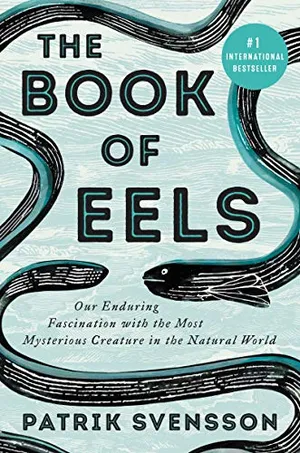
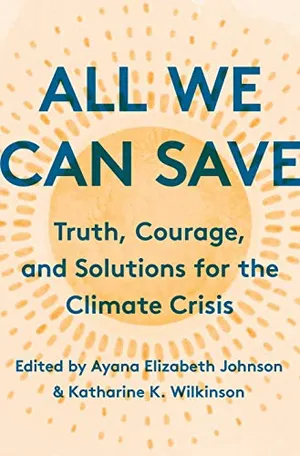
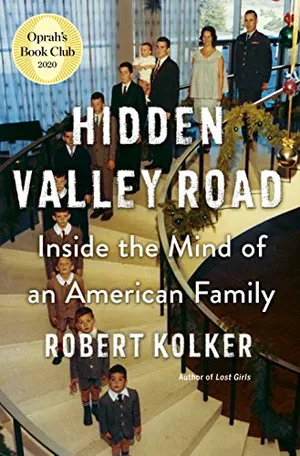
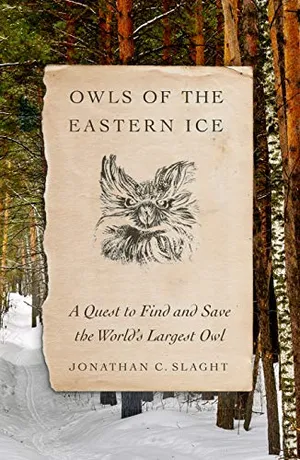
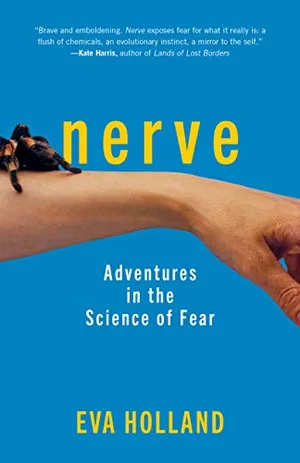
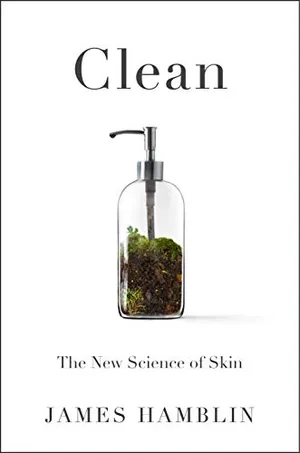

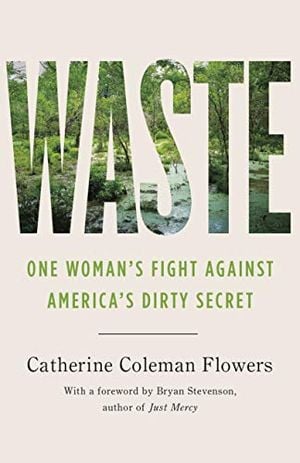
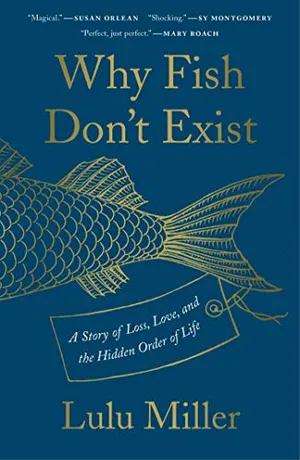
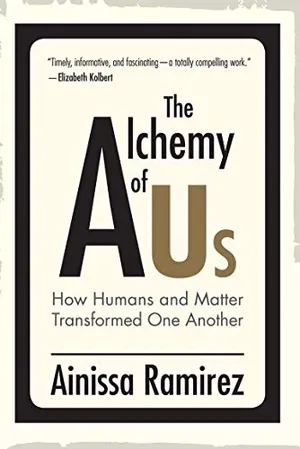
/https://tf-cmsv2-smithsonianmag-media.s3.amazonaws.com/accounts/headshot/rachael.png)
/https://tf-cmsv2-smithsonianmag-media.s3.amazonaws.com/accounts/headshot/corryn.png)